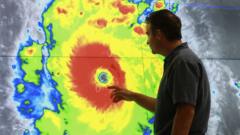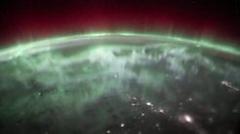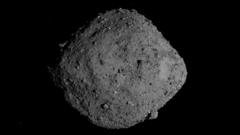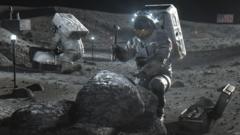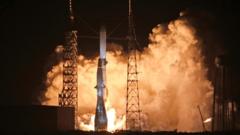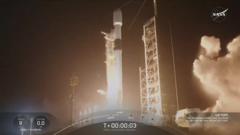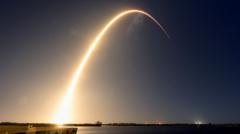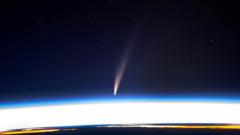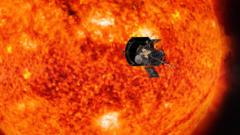The Parker Solar Probe is set to make the closest-ever approach to the Sun, redefining our understanding of solar phenomena.
Parker Solar Probe Sets Record with Historic Sun Fly-By
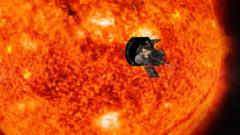
Parker Solar Probe Sets Record with Historic Sun Fly-By
NASA's pioneering mission enters the Sun's atmosphere to unlock solar mysteries.
NASA's Parker Solar Probe is on a historic mission as it embarks on the closest approach to the Sun ever attempted by a human-made spacecraft. The probe is currently diving deep into our star's outer atmosphere, facing extreme heat and radiation as it performs this unprecedented fly-by. Communication with Earth will be out for several days, with scientists eagerly awaiting a signal to confirm the probe's survival, expected at 05:00 GMT on December 28.
Dr. Nicola Fox, head of science at NASA, emphasized the importance of firsthand exploration: "For centuries, people have studied the Sun, but you don't experience the atmosphere of a place until you actually go visit it. And so we can't really experience the atmosphere of our star unless we fly through it."
Launched in 2018, Parker Solar Probe has already completed 21 orbits around the Sun, each approach getting closer than the last. This record-breaking fly-by on Christmas Eve comes within 3.8 million miles (6.2 million km) of the Sun's surface. To put that in perspective, if the Sun and Earth were just one meter apart, the probe would be a mere four centimeters away from the Sun.
The Parker Solar Probe will encounter staggering temperatures of approximately 1,400°C, alongside intense radiation that could damage its onboard electronics. However, it is safeguarded by an impressive 11.5cm (4.5 inches) thick carbon-composite shield, allowing for rapid entry and exit. The spacecraft's speed will exceed 430,000 mph, which is equivalent to traveling from London to New York in under 30 seconds, thanks to the powerful gravitational forces it experiences while spiraling toward the Sun.
The scientific community is particularly interested in the mysteries of the Sun's corona, the outer atmosphere that reaches temperatures of millions of degrees, despite being further away from the Sun’s surface, which averages around 6,000°C. Dr. Jenifer Millard from Fifth Star Labs noted, "The corona is really, really hot, and we have no idea why." Understanding this phenomenon and the solar wind—charged particles emanating from the corona—will be critical as they significantly affect Earth’s magnetic field and can disrupt power systems and communication networks.
With a countdown to the awaited signal back to Earth, Dr. Fox has expressed mixed feelings of excitement and anxiety but maintains confidence in the design and capabilities of the probe. "It's a tough, tough little spacecraft," she asserted. If all goes well, the mission will illuminate many solar secrets and enhance our comprehension of solar activities that affect life on Earth.

